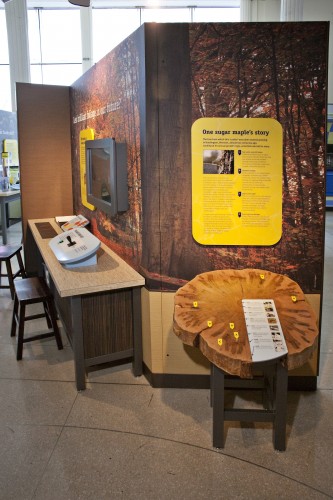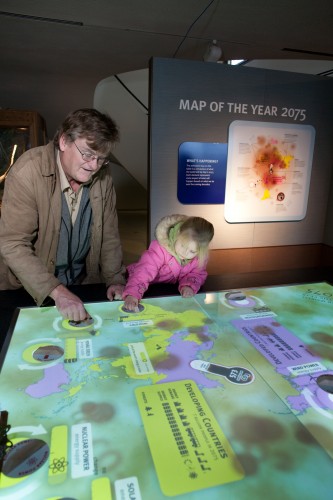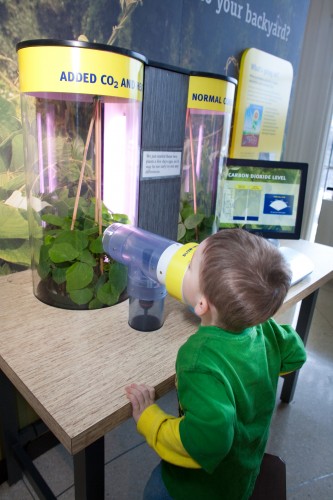
“Seasons of Change: Global Warming in Your Backyard” is the Yale Peabody Museum of Natural History’s newest exhibit. Targeted towards younger audiences, this exhibition uses specimens, computer games, and interactive presentations to explore the effects of global warming and climate change. Rather than looking back to argue whether a specific storm is a symptom of global warming, the exhibit instead looks forward to predict future weather patterns.
Professor David Skelly, curator of “Seasons of Change,” notes how global warming has been traditionally cast as a global issue. This exhibit brings the implications of climate change closer to home by “bringing climate down to the ground where we live and to understand how it’s going to influence local lives and livelihoods.” In other words, the new exhibit bridges the gap between driving global instigators of climate change and the local consequences.

According to the exhibition, New England has already experienced local weather changes consistent with global warming. Residents have seen elevated temperatures and sea levels, decreasing snow cover, extreme weather patterns, harsher seasonal droughts, and earlier springs. “Seasons of Change” looks even further into our future. A simulation station allows museum visitors to visually compare the effects of coastal flooding today with the projections of a century from now. Forecasts suggest that by the year 2100, global sea levels could rise as much as 6.5 feet. New England’s sea level is predicted to rise even more due to local factors. Rising sea levels, along with heavier storms, increase the risk of devastating storm surges, erosion, and property damage.
New England’s flora and fauna are also being affected. Migratory birds are altering their routes because of warmer weather temperatures and the availability of food. Invasive insects and plants are taking over forest habitats and changing the composition. One station in the exhibit predicts what might happen to New England’s forests by the year 2200 given the projected rates of carbon dioxide emissions. Global warming will reduce the portion of red maple and sugar maple leaves, leaving less brilliant fall foliage in the future. The reduction of maple trees also puts the production of sugar maple syrup in danger. Other industries like the cod and lobster fisheries are also at risk because of the warming waters.

“Seasons of Change” draws the public’s attention to sea animals with calcium carbonate shells, such as lobsters and clams. Carbon dioxide emissions react with ocean water to create carbonic acid. The acidity weakens the shells of these creatures, leaving them more susceptible to predators and disease. In the exhibit, kids can lower seashells into acidic solutions and watch for signs of bubbling as the shells react. All across the food web, species — including us — are forced to adapt as the environment changes.
Professor Skelly notes, “The environment is truly important to people when it influences people they know, they love, and they care about. Environmental concern is really a grassroots movement.” He recommends, “What needs to happen to make a difference is for people to act collectively to affect bigger scales…and to build up a knowledgeable electorate so that we can make changes to move us towards a future that has to be decided on a national level and beyond.”

“Seasons of Change” is a traveling exhibition from Brown University’s Center for Environmental Studies and Clean Air-Cool Planet’s New England Science Center Collaborative. The exhibit is funded through a grant from the National Science Foundation and the Environmental Defense Fund. The exhibit runs through Sunday, February 24th, 2013.
